Google is actively adding an e-commerce flavor to its Chrome browser thanks to the magic behind the Payment Request API. Of late, Chrome is expanding its capabilities to make your internet browsing experience more productive. And what better way is there than simplifying online purchasing experiences that ultimately boost users’ productivity?
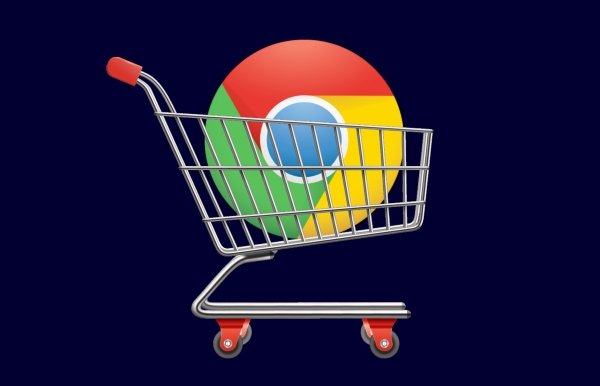
Google Chrome redefines online payments experience
Google Chrome’s new one-click, one-tap checkout experience is available behind chrome://flags that allows users to try experimental Web Payments API features. Another experimental Chrome flag falling under the same Web Payments category allows the Payment Request API to open a minimal UI when possible.
Now, Chrome wants to dramatically improve and speed up your e-commerce experience. As a result, Chrome is bringing a major overhaul to the way it stores payment-related information. This way, Chrome is looking to simplify the process of placing e-commerce orders on Mac, Windows, Linux, Chrome OS, and Android.
The Payment Request API is around for quite some time now. However, Google says its focus has moved from trying to figure out how Payment Request API can be directly valuable to merchants to how the APIs can enable better payment app experiences on the web.
“We’ve learned that building a compelling payment flow requires much more than just returning a credit card number. That’s why we are switching gears to focus on enabling payment apps through the Web Payments APIs,” said Eiji Kitamura, Developer Advocate at Google.
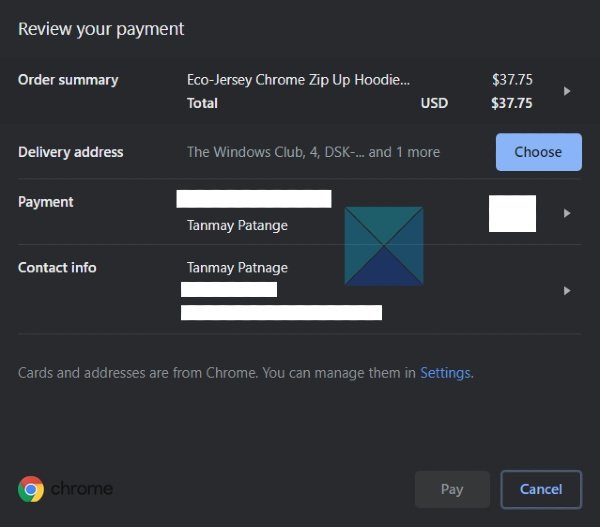
Chrome not only wants to act as an intermediary between merchants, users, and payment methods but also provides users with form-free payments experience within the application interface. It enables faster check out and payment processing with minimal use of the mobile device keyboard. Hence, developers can improve the user’s payment experience to a significant extent.
Despite 66 percent of commercial traffic originating from mobile devices, Google says mobile conversions are about one-third of the desktop conversions. Google believes the lower conversions on mobile devices are the result of complex checkout forms.
In the past, Google simplified the checkout process with Autofill, which it says resulted in a 25 percent improvement in conversions on mobile devices. Although Autofill might get rid of the manual nature of data entry, Google thinks it is still based on the same checkout flow, something Google is actively trying to address with the Payment Request API.
Bridging the native payments app gap
Native apps offer a friction-less online payment experience, unlike web apps. Chrome users often have to fill a lengthy form and follow multiple steps through pop-ups and redirects to complete a payment on the web. Now, Payment Request and Payment Handler APIs together promise to bridge the native payments app gap within Chrome.
“Payment Request API provides a standardized way to invoke a version-mediated, low-friction payment flow on the web similar to what users might already be familiar with in many native apps,” Kitamura continued. “Payment Handler API allows payment apps to plug into the primary guest API to enable form-free payments on the web.”
Putting Chrome’s faster checkout to test
Websites call the Payment Request API and offer parameters of the payment including cost and compatible payment options. Chrome then determines the intersection of payment methods supported by the site and payment methods that the user has configured within the browser. Ultimately, Chrome allows users to choose their preferred method of payment.
Chrome users can enter a new address for the delivery or choose the existing one. They can select the delivery method where applicable. The payment method can be credit cards or one of the wallet apps that are installed on their device such as Google Pay. Finally, the user taps on ‘Pay.’ Chrome then requests a response from the selected payment method.
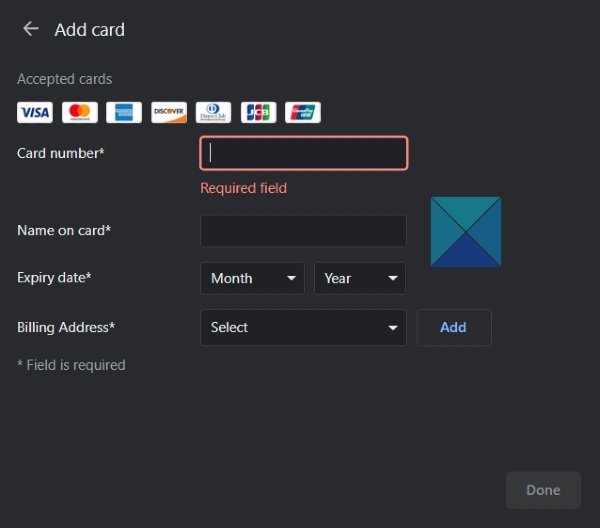
The payment processor first verifies the request and then returns the response directly to the server. This way, the website has all of the necessary information to process the payment, further eliminating the need for leaving the context of the checkout page.
Meanwhile, the Payment Handler API results in a whole new ecosystem, allowing a web-based payment application to act as a payment method and integrate itself into merchant websites, courtesy of the standard Payment Request API.
Wallet apps such as Google Pay can be built on top of the Web Payments APIs. There are different ways an existing payment app can integrate with the Payment Request API. As Google explains, one of the options is to implement the Payment Handler API by adding a service worker to their existing payment experience.
The future of e-commerce with Google Chrome
‘Delegation’ feature in the Payment Handler API allows a payment app to provide all the information requested by the merchant such as shipping and contact information. Previously, the same information used to always come from the browser.
For now, Google wants Payment Handlers to have enough time to adapt to the future of hassle-free e-commerce via web browsers. What is a Payment Handler, you may ask? Well, a Payment Handler is a web application that handles a request for payment on behalf of the user.
Web apps must specify whether or not they handle shipping address and contact info. They can either specify if they support each of the payment options separately or specify if they support all of the payment options. Google says a full delegation of providing shipping address and payer’s contact information to Payment Handlers is the end picture.
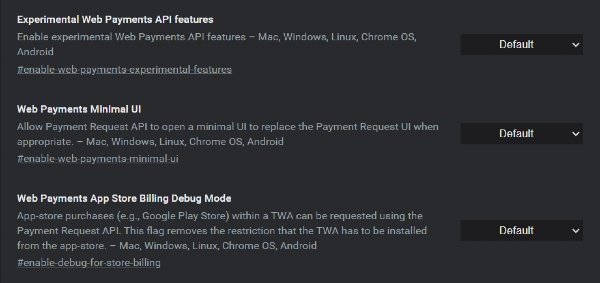
According to a technical document seen by TheWindowsClub, Google is not making it mandatory for Payment Handlers to handle shipping/contact requirements anytime soon.
Chrome can straightaway jump to a payment handler. If the e-commerce website indicates support for a single payment method in Payment Request API, then the payment method must be identified with a URL. In a different scenario, the user must have at least one Payment Handler installed for the supported payment method.
In case the user has no payment handler installed for the payment method, the payment handler should be registered through just-in-time registration. When these conditions are satisfied, a user gesture and Chrome will trigger Payment Request and the browser will skip the sheet.
“Together, delegation and skip-the-sheet enable payment apps to more easily transition their existing flows to the Payment Handler API.”
A working prototype of the feature is behind the “Experimental Web Platform features” flag on Desktop. Google plans to implement the feature on all platforms except Android Webview since it says Payment handler API is not implemented for Android Webview.
One-click checkout to replace basic cards within Chrome
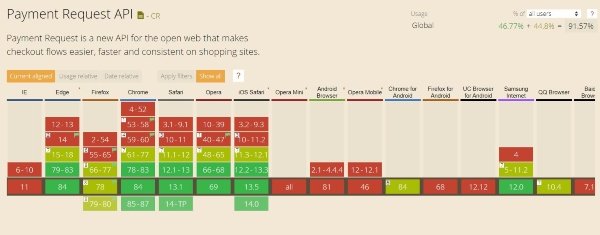
Chrome is eventually deprecating the support for the basic-card payment method, Google has confirmed. Google initially added the Payment Request API to Chrome in the form of basic-cards as an alternative to form-based credit card payments. With basic-cards, customers can select the credit cards stored in the browser to make faster payments. Google says it is freezing feature development on Chrome’s built-in basic card support, except bug fixes.
In addition to Chrome, the Payment Request API is also compatible with the new Chromium-based Microsoft Edge. Meanwhile, the feature is currently in development in Firefox and Safari browsers.
Leave a Reply